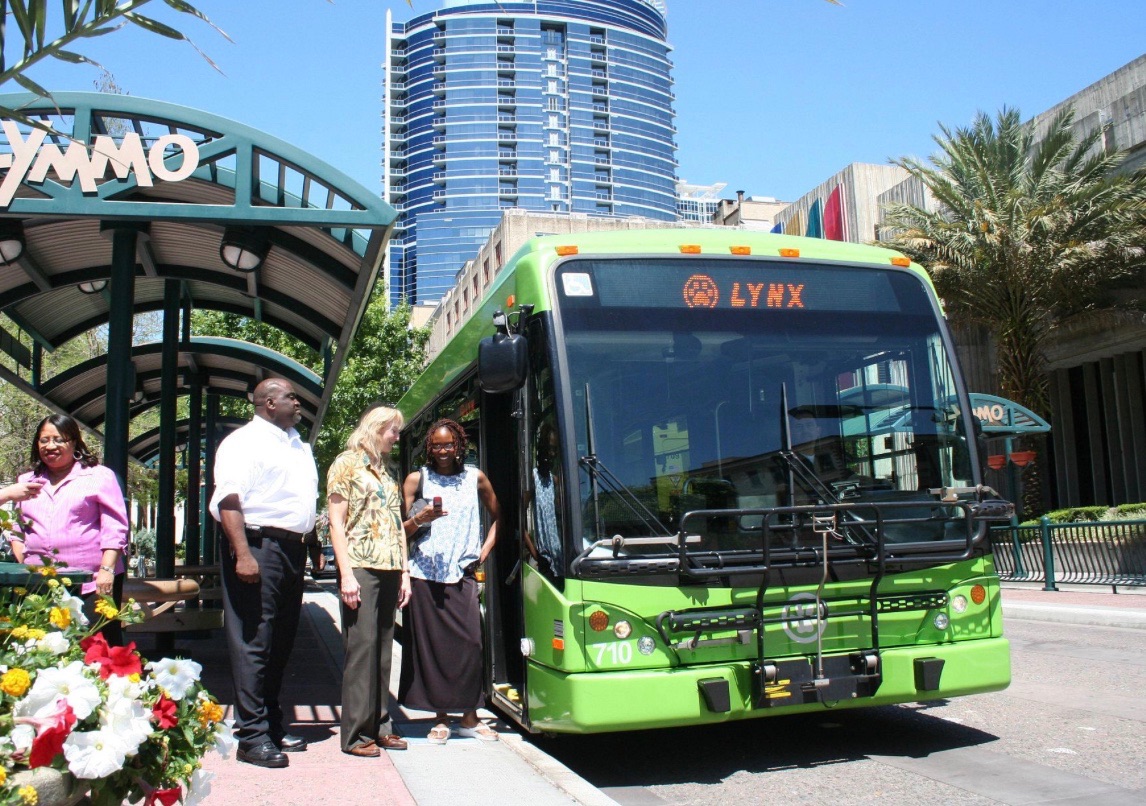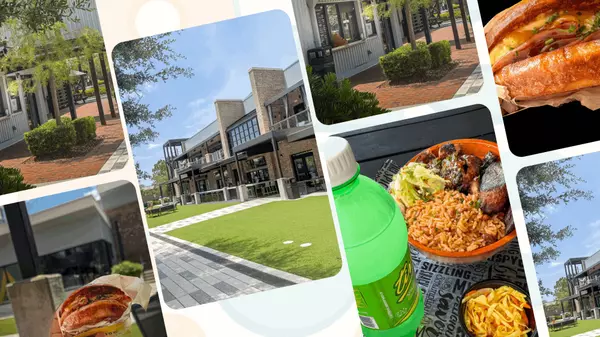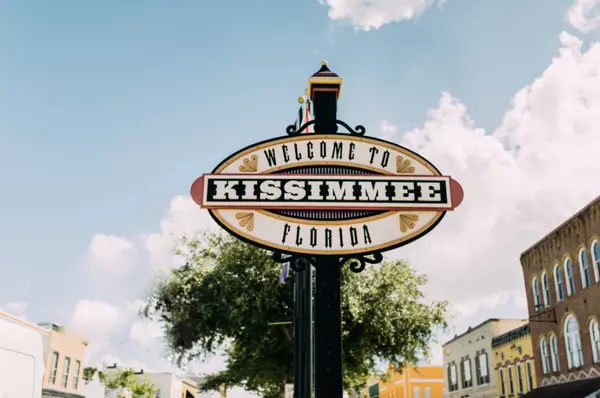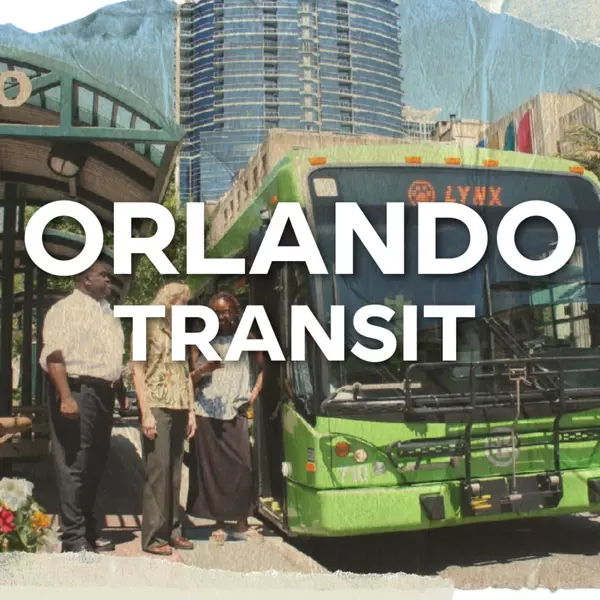Central Florida's Transit Renaissance: Lynx and SunRail Ridership on the Upswing!
The Central Florida transit scene has been through its fair share of ups and downs in recent years. While the COVID-19 pandemic dealt a severe blow to ridership numbers, there are signs of a remarkable comeback for Lynx and SunRail, the region's primary public transportation options.
Recent estimates offer a glimmer of hope, as both Lynx and SunRail have witnessed a steady increase in ridership during the past year. However, there's still ground to cover before reaching the pre-COVID-19 pandemic ridership levels.

By the Numbers: According to data from the Federal Transit Administration, the passenger trips for the bus system stand at a commendable 12.32 million, while the commuter rail service, SunRail, recorded 729,922 passenger trips through the end of August.
Nationally, transit ridership has seen an estimated average drop of 28% since 2019, based on research by American City Business Journals. Yet, when we consider the monthly averages through August and extend these figures, it is projected that Lynx - officially known as the Central Florida Regional Transportation Authority - is expected to reach 18.49 million riders, and SunRail is projected to see 1.09 million riders for the calendar year. Keep in mind that these projections might vary once the actual numbers for the entire year are reported.
But why does Central Florida transit ridership matter? Well, these rail and bus systems provide a vital alternative for commuters and leisure travelers. For some residents, Lynx and SunRail are their lifelines, offering the only form of transportation to reach work, grocery stores, doctors' offices, and more.
For SunRail, this could be the first time in a calendar year since 2019 that its ridership exceeds 1 million. The service had already surpassed 1 million riders during its fiscal year 2023, which ran from July 2022 to June. These numbers paint a hopeful picture of recovery.
Challenges in a Changing Landscape: However, as Florida Department of Transportation District 5 Secretary John Tyler points out, the pandemic has brought about significant changes. Commute patterns have shifted, the way people work has evolved, and SunRail's role in facilitating travel to downtown Orlando has transformed. Moreover, various alternative transportation options, such as the I-4 Express and Wekiva Parkway, have entered the scene, competing for people's attention.
Exciting Developments on the Horizon: Despite the challenges, there are exciting developments in the works. SunRail is constructing a new station in DeLand, scheduled to debut in May 2024. Additionally, there's a proposed shared Sunshine Corridor that would connect SunRail with the Orlando International Airport, the Orange County Convention Center area, and South International Drive near Walt Disney World Resort.
On the other hand, Lynx is witnessing its estimated ridership for 2023 approaching levels not seen since 2019's impressive 24.65 million riders. In 2022, it registered 17.24 million riders. Lynx CEO Tiffany Holmer Hawkins expressed optimism, stating that the transit authority saw 60,000 trips on September 5, reaching 85%-90% of the ridership levels from February 2020. "We are getting back there," she remarked.
Lynx is also exploring innovative ways to utilize toll roads, creating express routes between highly attractive destinations, similar to what's already in place for downtown and the tourist corridor.
In conclusion, the future of Central Florida's transit is looking brighter as ridership figures for Lynx and SunRail show promising signs of recovery. As the region adapts to changing travel patterns and embraces new projects, the role of public transportation in the area is set to evolve, ensuring residents and visitors have reliable options for their commuting and travel needs.
Recent Posts











